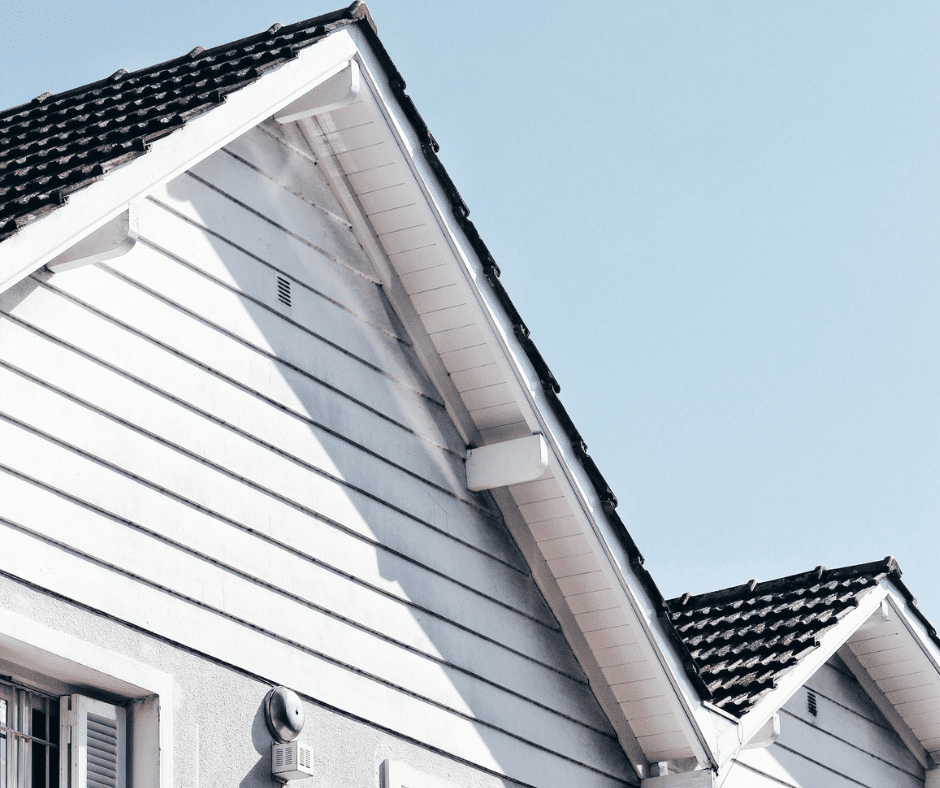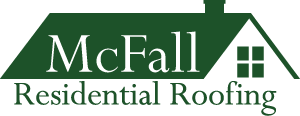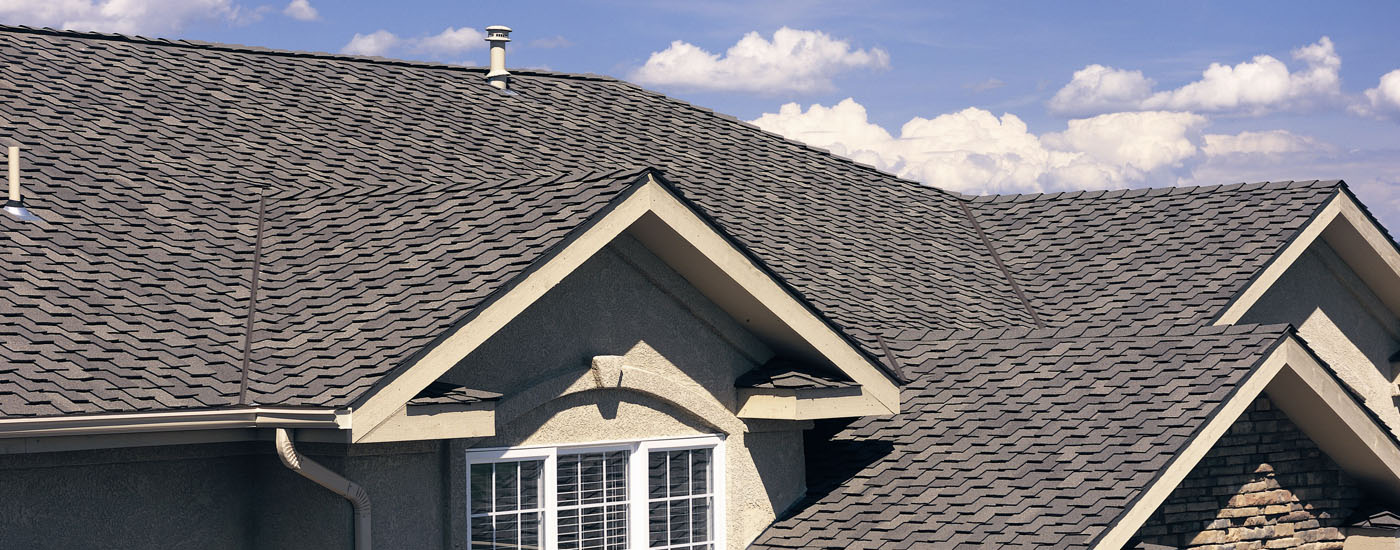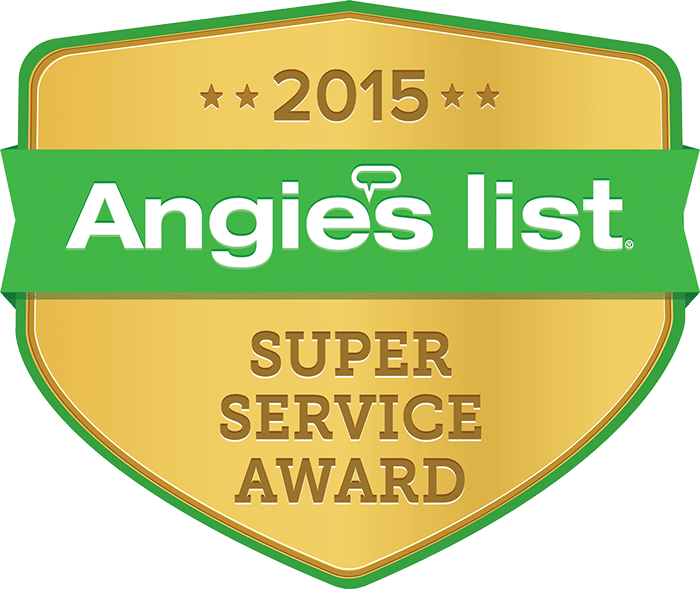
Whether you’re looking for an environmentally friendly option or efficiency for a large or small home, we’ve put together a list of all the pros and cons so you can make the best decision for your home. In Gainesville’s climate, proper roof ventilation is crucial. Read on to learn more about roof ventilation and why it’s important.
Two Types of Ventilation
There are 2 main types of roof ventilation. Namely, passive ventilation and active ventilation. Most roof systems are designed with a passive ventilation approach because it requires a smaller upfront investment. However, active ventilation is a good fit depending on your specific situation.
Passive Ventilation
This style of ventilation works through the natural flow of air rather than using energy. By using passive ventilation you’re able to protect your roof without increasing your bill. This type of proper roof ventilation is achieved by installing components like on ridge vents, off-ridge vents, box vents, or whirly-bird ventilation, etc. These vents help release heat and stale air from your home’s attic space.
Benefits
No Energy Source Needed
Since it uses less electrical equipment, it blends better with your current roof. If you’re worried about having a large fixture on your home you may want to consider passive ventilation.
Doesn’t Use Fossil Fuels
Unlike other options, since no electricity is required for passive ventilation, there are no fossil fuels used, making this the most environmentally friendly choice. This will also save you on energy costs.
Low Maintenance
Given that the system is not hooked up to an energy source and there are fewer pieces involved, there are fewer problems and maintenance needs.
Downfalls
Specific Placement
Unlike active ventilation, passive ventilation must be used with a large amount of roof space and is restricted when it comes to complex structures.
Active Ventilation
On the other hand, active ventilation creates negative pressure that pushes any warm air and moisture out through the vents. If you’re looking for high efficiency for a large space, this style of ventilation may be right for you. These active ventilation components are often units like hard-wired powered attic vents.
Benefits
Weather Conditions Don’t Interfere
Passive ventilation is entirely reliant on the amount of natural airflow. However, with an active system, the wind and rain don’t interfere.
Effective for Complex Structures
Due to energy usage, the flow of air is able to stay consistent, meaning higher efficiency and better care of your space.
Downfalls
Energy Consumption
One significant difference between the two forms of ventilation is energy consumption. Active ventilation is less environmentally friendly and costs more monthly.
FAQs
What are common signs of poor ventilation?
Having poor ventilation in your home can lead to serious health issues. Common signs are respiratory issues, excessive dust, increased humidity, odors, and uneven temperatures.
How much roof ventilation do I need?
On average, we recommend homeowners have one square foot of roof vent for every 150 – 300 square feet of ceiling space, depending on the building.
Install Proper Ventilation On Your Home Roof With McFall Roofers
If you’re noticing symptoms of poor ventilation or you are unsure if your home has the right system for proper airflow, contact the professionals for an assessment.
When the McFall Roofing team comes to your home we take every stride to find the best solutions to your roofing needs. Give us a call at (352) 415-9098 to schedule an appointment.





